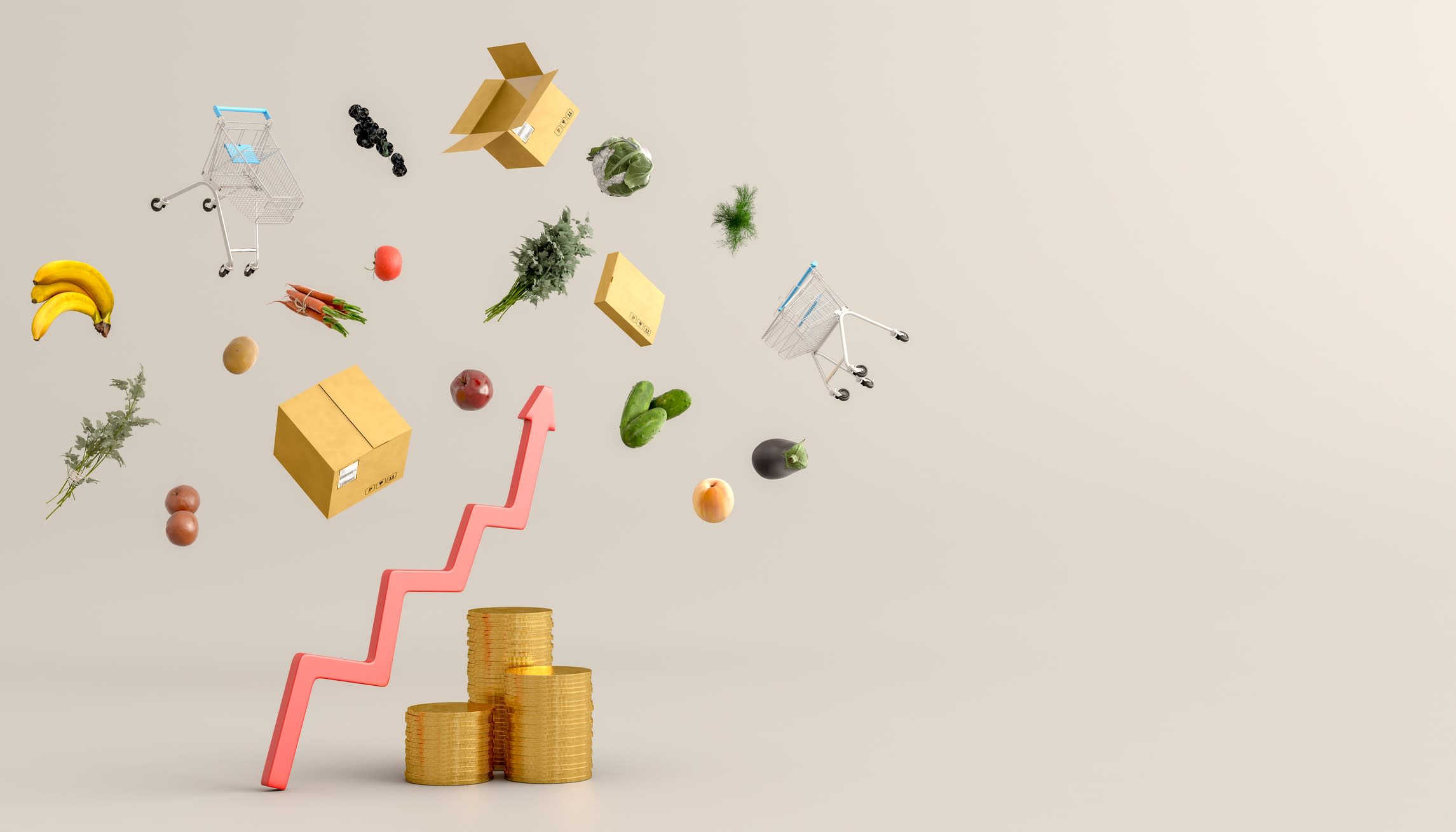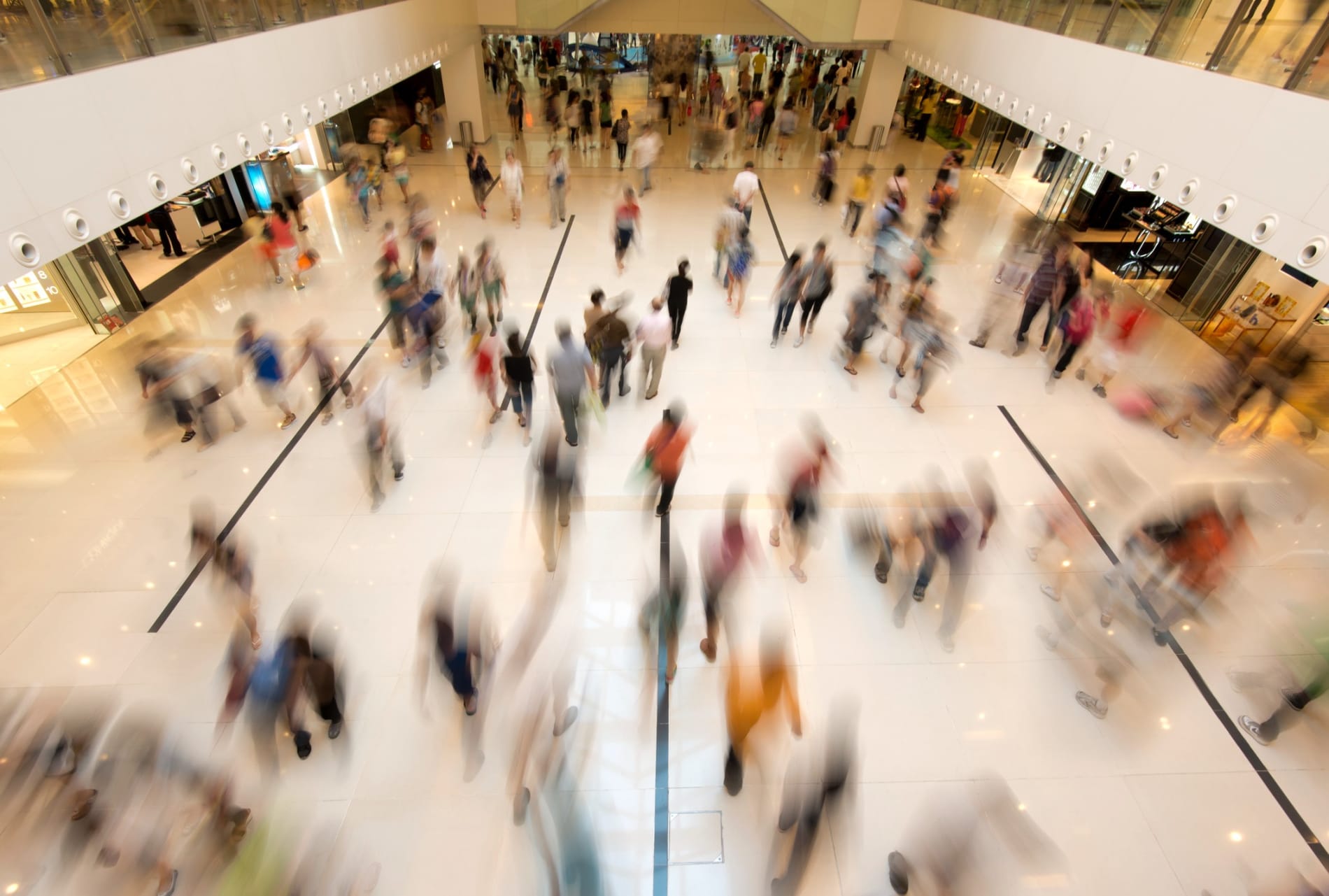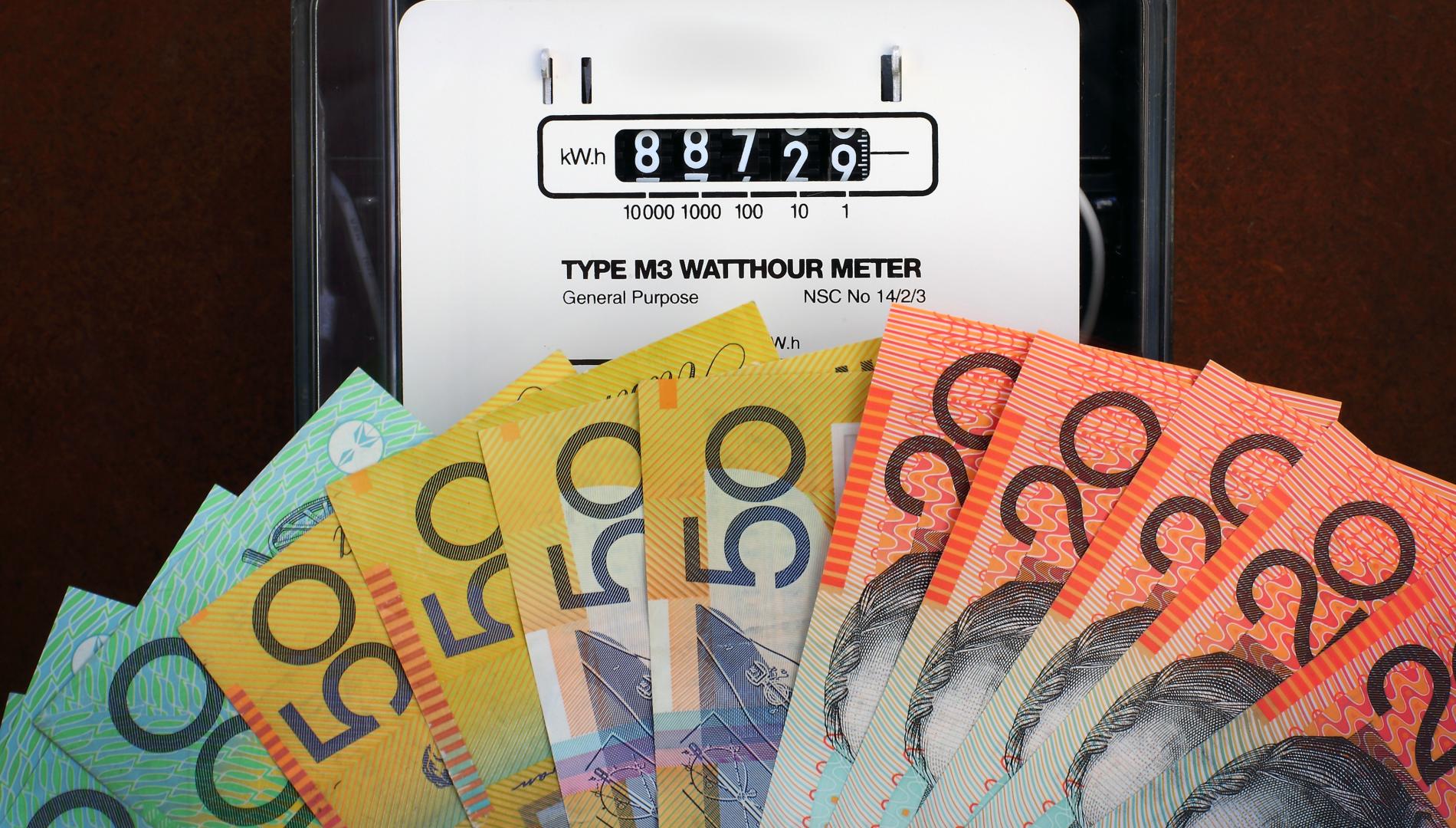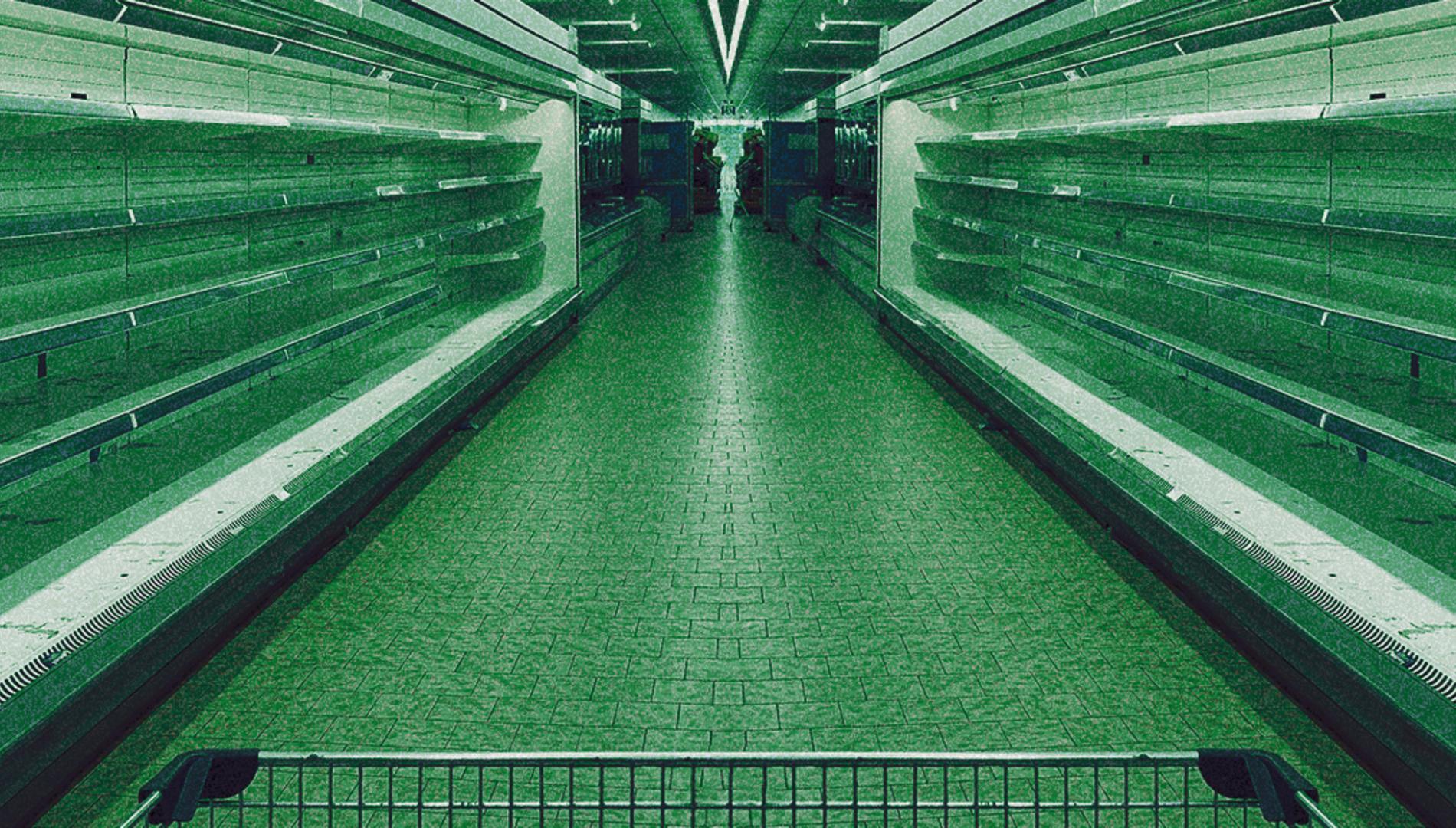Inflation has hit levels around the world unseen in decades. Consumer prices rose to their highest level in June 2022, breaking a 40-year record in the United States. Similar inflationary effects were felt in other parts of the world.
While these increases have been blamed on the rise in food and global energy prices due to the Russia-Ukraine war, stressed consumers on a spending spree are overlooked as a possible cause.
There are psychological or emotional factors that constitute a large part of consumers’ buying behaviour. One clear example is COVID-19, which served as a shock that greatly influenced decision-making and buying behaviour.
Consumers spend because psychological factors such as motivation, belief, knowledge and attitude have an emotional effect, and these may take precedence over rational spending.

While inflation – described as the “worst enemy of a stable economy” as it reduces the purchasing power of money over time – is computed based on hard data such as the consumer price index, these other unobservable determinants of consumer behaviour aren’t included when calculating the index.
Because the psychological perspective of disruptive life events caused by external factors is often not accounted for, it may be tricky for policymakers to find a solution to overcome this compared to price stabilisation policies to control inflation.
The ‘revenge spending’ phenomenon
Consumers are causing inflation in several ways. The end of the pandemic saw a significant change in consumer behaviour in what we term “revenge spending” or “revenge buying”. This is defined as the increase in consumer buying after an unprecedented economic event.
Restrictions, lockdowns, border closures and virus testing imposed on populations also triggered irregular consumption behaviours such as panic buying or impulse buying.
This was mainly due to misinformation. Besides politicians and public health communication, social media also played a role. Viral posts led people to believe – incorrectly – that the raw materials for face masks and toilet paper were the same.

While panic or impulse buying may have started as a result of misinformation, many unplanned purchases could have led to revenge buying.
Studies have shown post-traumatic stress, such as the fear of death, reinforces the need to shop for something “shiny and new”.
When we’re faced with the reality of death, coping mechanisms can come in many ways. Terror management theory posits that humans manage the unpredictability of death or their mortality by embracing literal or symbolic systems that provide life with some permanent meaning.
Unexpected incidents such as pandemics, wars or terrorist attacks can highlight the reality of an individual’s mortality, and anxious responses can manifest in different ways.
In the aftermath of 9/11, consumption of comfort and household goods in the US spiked, particularly durable goods such as cars, homes, and appliances, which researchers attribute to a form of symbolic immortality.
Faced with the transience of life, consumption can become a coping mechanism, as demonstrated post-COVID-19, and may manifest in impulse or revenge buying to overcome the fear of uncertainty.
Studies have shown that COVID contributed to impulse-buying behaviour of fitness products in the US. Further, in the United Kingdom, fear and vulnerability during COVID led to impulse buying.
In the Middle East, Egyptian consumers engaged in compulsive consumption while the nation underwent an economic depression amid the pandemic. It’s evident that the pandemic sparked revenge buying, creating a vicious cycle of consumption.
While revenge spending may contribute to stronger economic growth, its effect on inflation is inevitable. The question is whether revenge spending is inducing a new trend of consumer behaviour leading to inflation.
Originally published under Creative Commons by 360info™.







